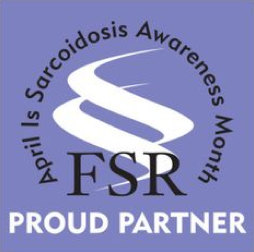What Is Lymphoma?
Lymphoma is a group of cancers that begins in the lymphatic system. The function of the lymphatic system is to drain excess tissue fluid called lymph. The lymphatic system also contains blood cells known as lymphocytes, which are important in fighting infection. Lymphoma is the uncontrolled growth of lymphocytes.
What Are the Types of Lymphoma?
There are two types of lymphoma: Hodgkin’s and Non-Hodgkin’s Lymphoma.
- Hodgkin’s Lymphoma is recognized by the presence of special cells that can be seen under the micros cope, called the Reed-Sternberg cell. Only 12.5% of all lymphomasare the Hodgkin’s type.
- Non-Hodgkin’s Lymphoma is the most common type of lymphoma and is divided into many groups of lymphatic cancers. There are many different types of Non-Hodgkin’s Lymphoma.
- In the year 2015, about 80,900 people will be diagno sed with lymphoma. About 71,850 are expected to have the Non-Hodgkin’s type and about 9,050 for the Hodgkin’s type of lymphoma. Approximately 20,940 people will die of the disease this year.
- A swelling of lymph nodes that does not cause pain. Lymph nodes are groups of cells found along the path of lymphatic vessels. They filter the lymphatic fluid and remove harmful substances. The most common sites of lymph node swellings are in the neck, armpit, groin, or the abdomen.
- General symptoms can include fever, sweating, fatigue, loss of appetite, and bony pain.
- There are no known strategies to prevent lymphoma.
- In most cases, the cause of lymphoma remains unknown.
- Patients with HIV (Human Immunodeficiency Virus) have a higher risk of developing lymphoma.
-
Stomach lymphoma can be caused by an infection in the stomach called Helicobacter Pylori. This infection is sometimes found in people that have stomach ulcers.

